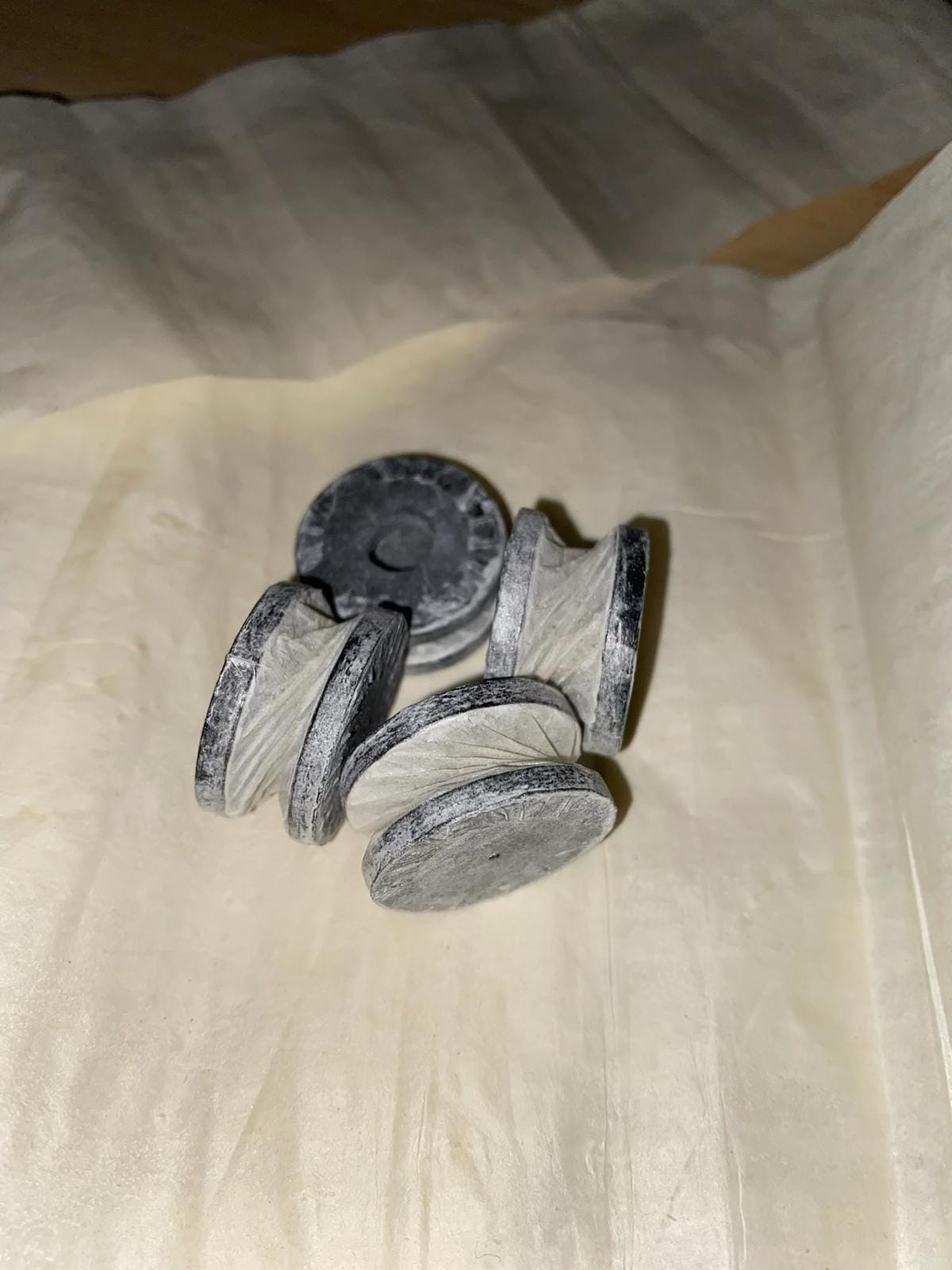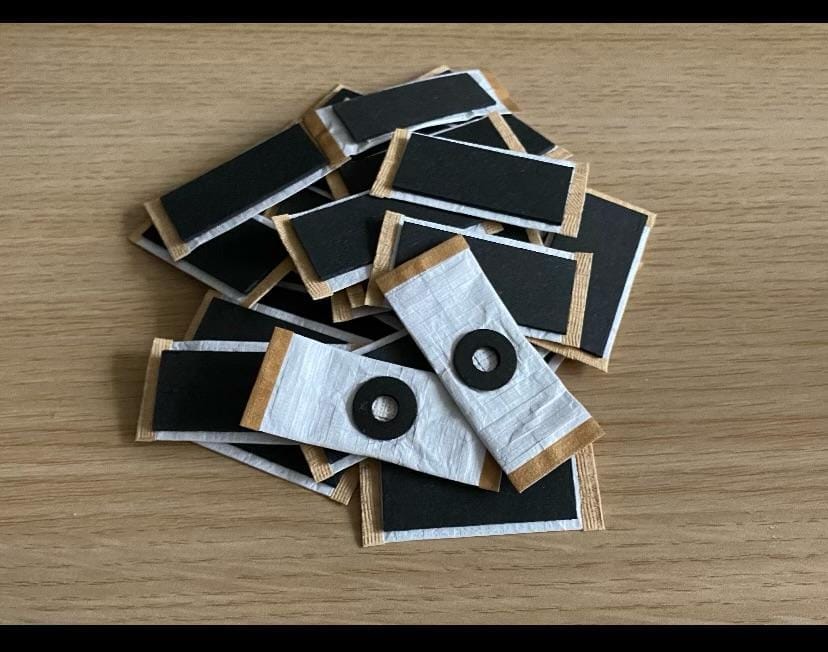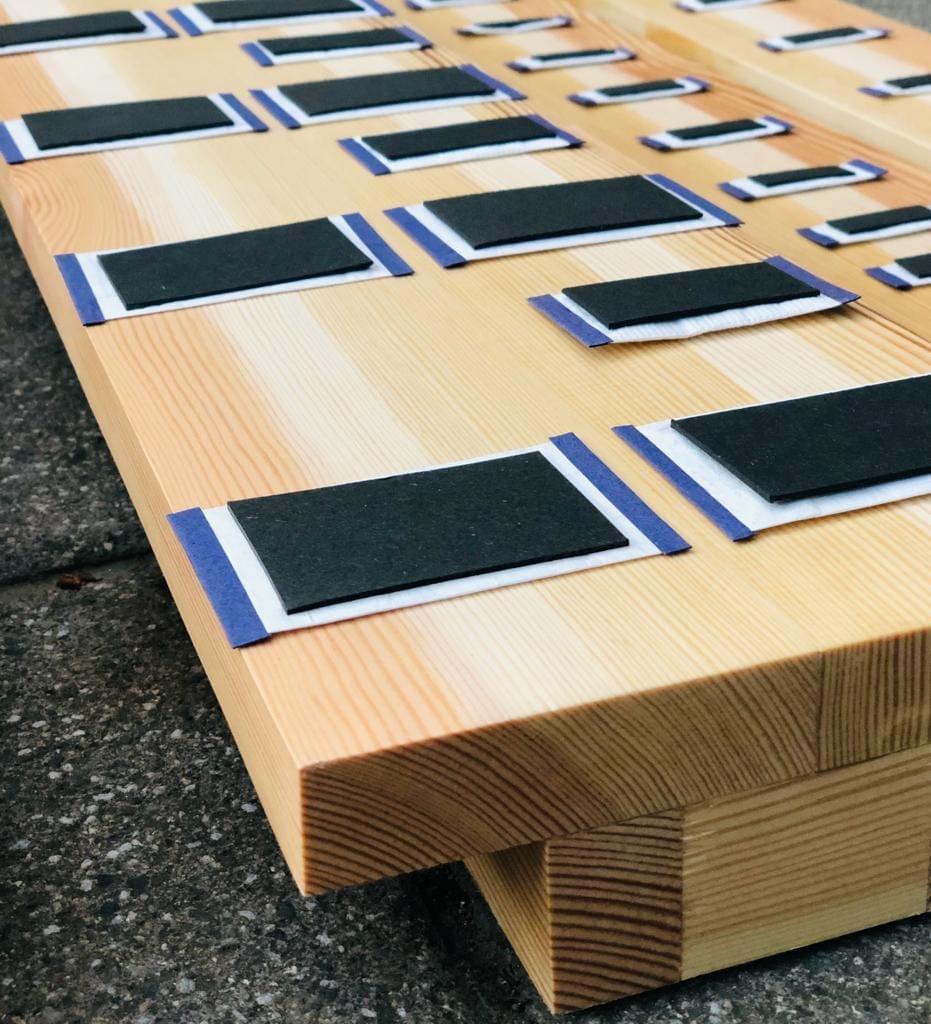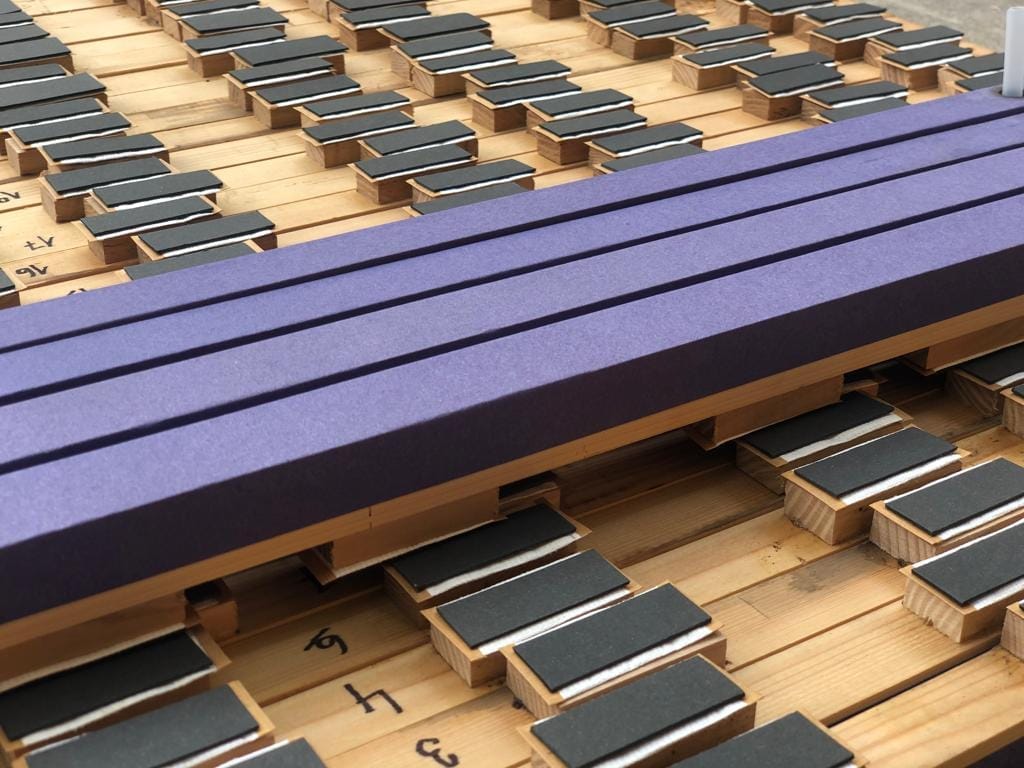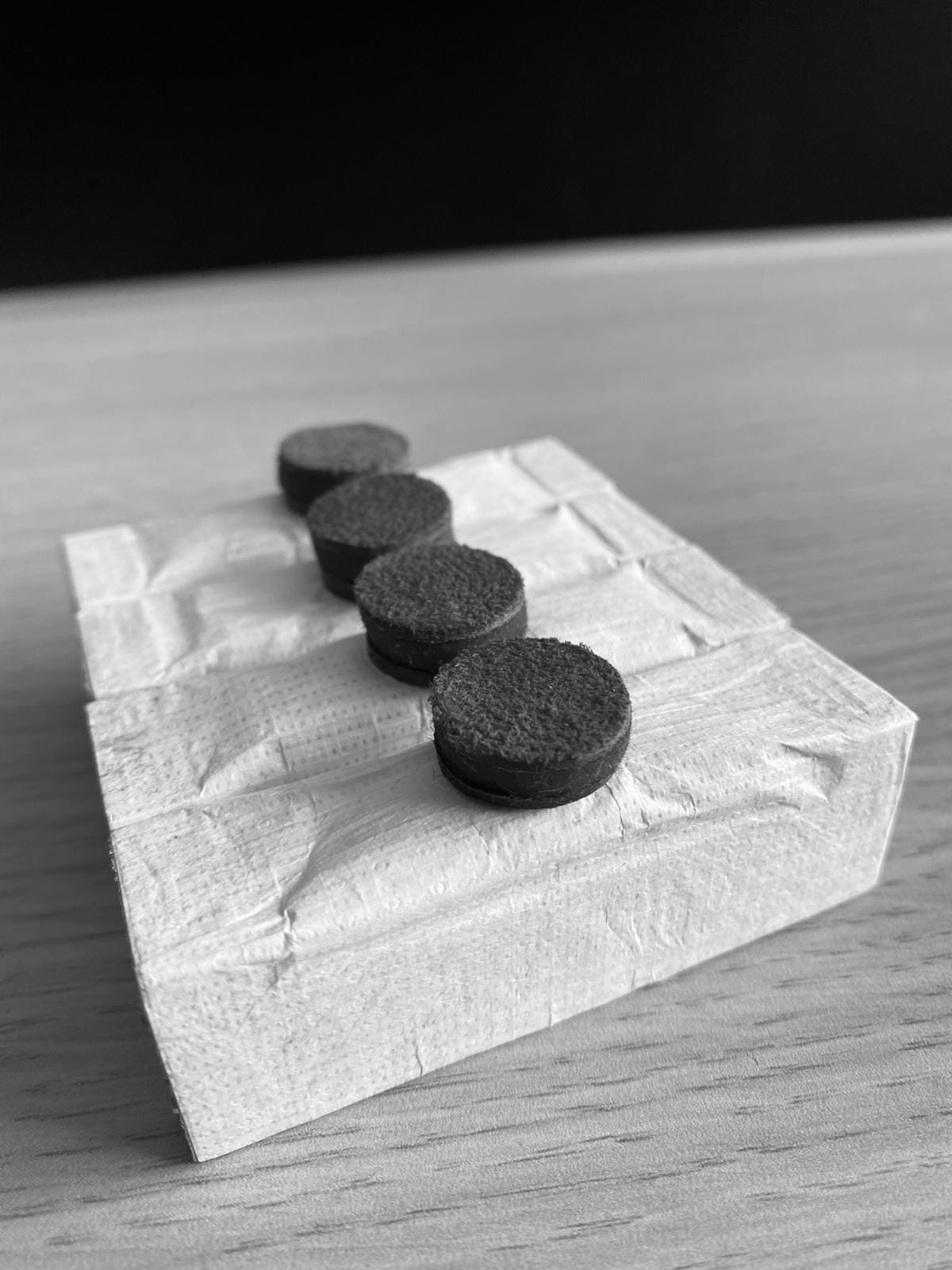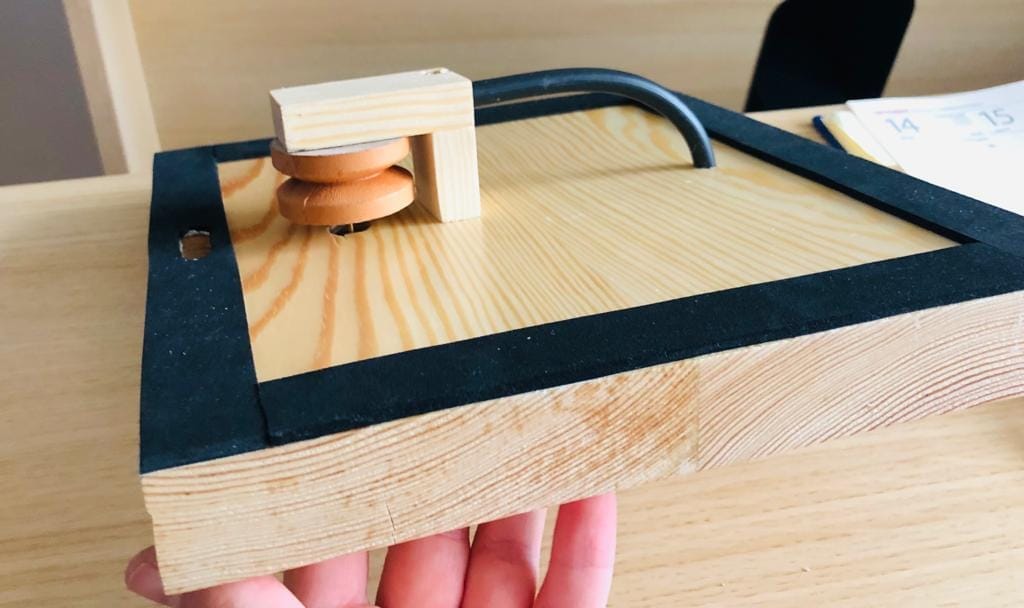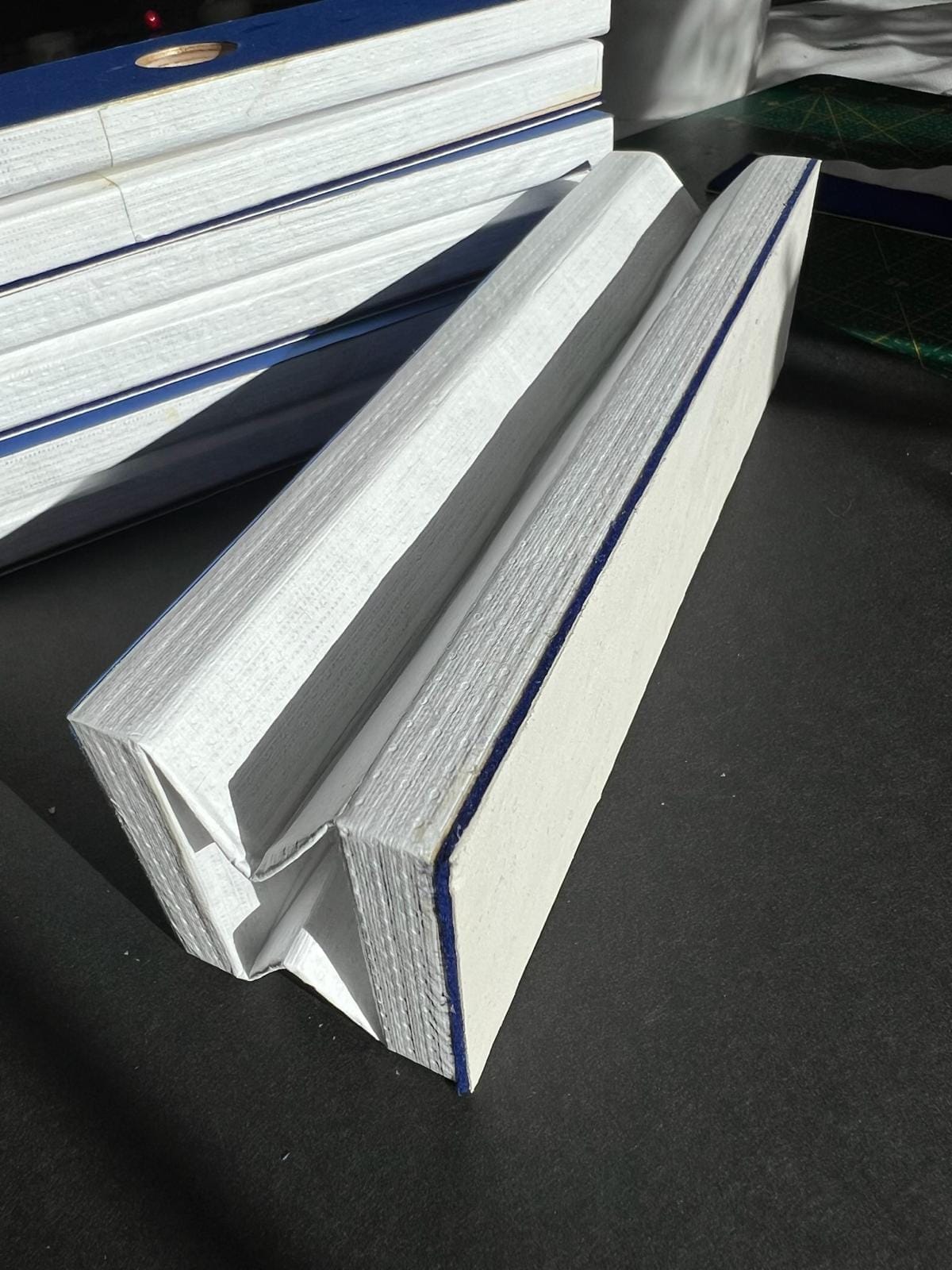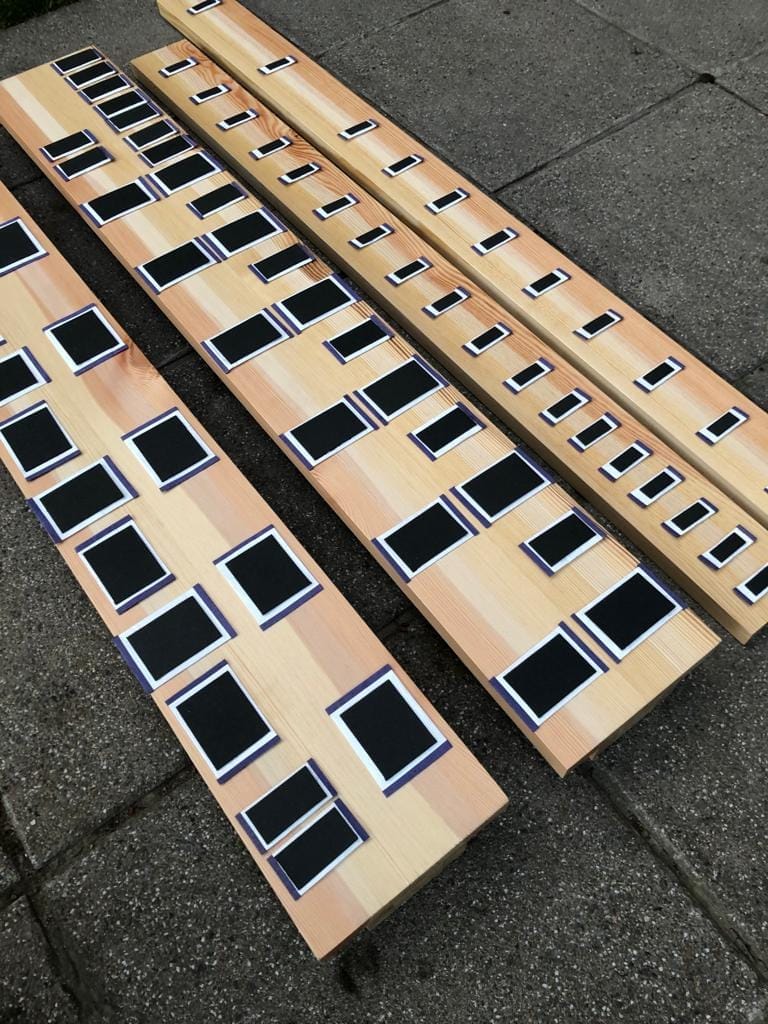Organs are known from history for their diverse technical designs. Romanticism in Germany brought new trends in organ production and various technical innovations that made the operation of the keys easier.
Organs with pneumatic structures were popular, which replaced the valve control directly by the organist (mechanically), but with the help of membranes that were inflated and lifted or pulled the valve with the help of working pressure. It was no longer necessary to exert force to produce a tone. The disadvantage of these organs was the delay – the reaction of the key to the valve.
The main component of these organs is the membranes.
The membranes were made of thin leather or gut.
Today, in addition to traditional approaches, modern materials are also available.
The membranes are offered in standard sizes or according to customer specifications
- from leather (Spaltleder)
- from gut skin (Darmleder)
- in thin, medium and thick leather.
- from Polypel – thin and thick



